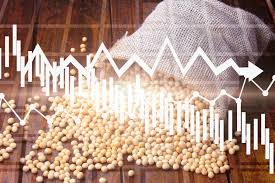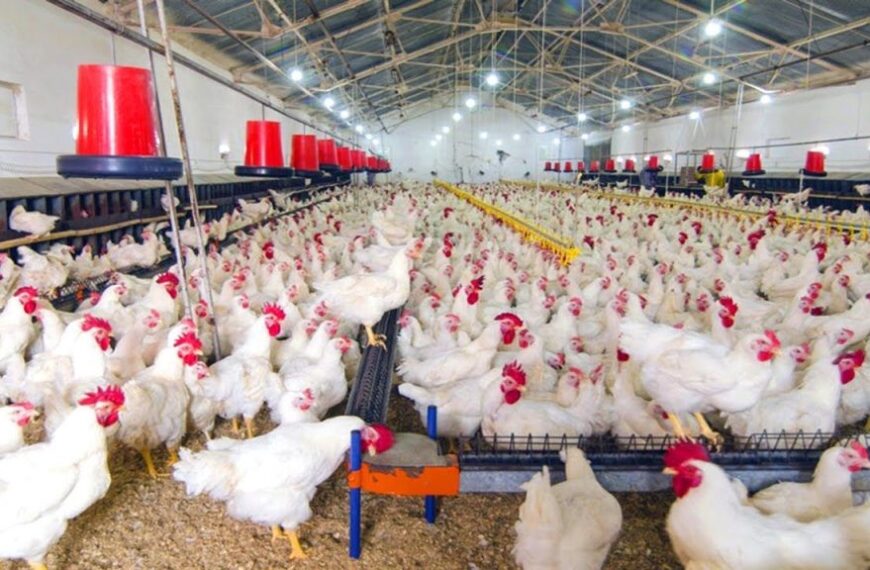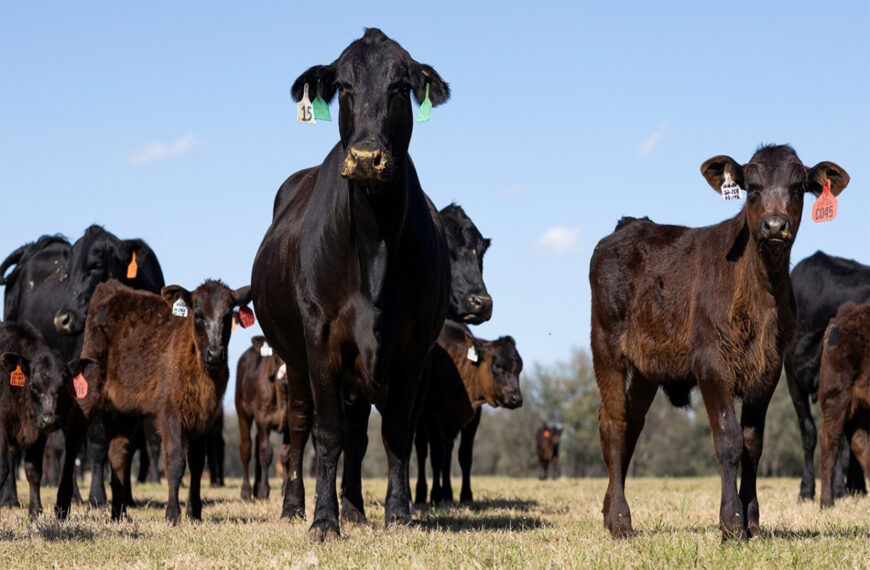
In a significant shift for global agriculture, corn and soybean prices are experiencing a sustained decline, marking one of the sharpest downturns in recent years. Analysts attribute the bearish trend to a combination of increased global supply, changing trade dynamics, and weakening demand across major markets.
Over the past several months, bumper harvests in key producing countries like the United States, Brazil, and Argentina have contributed to a global surplus. This surplus has placed downward pressure on prices, affecting farmer profits and shaking investor confidence in agricultural commodities.
At the same time, geopolitical factors have played a major role. Ongoing uncertainties in global trade agreements, particularly between the U.S. and China, have disrupted export flows. China, once the largest importer of U.S. soybeans, has been shifting its sourcing strategy and relying more heavily on South American suppliers.
“Supply chains have adjusted, and buyers have become more flexible,” said one commodities analyst. “This has caused volatility in futures markets, with traders now anticipating lower price floors for both corn and soy.”
Adding to the pressure, weaker demand from biofuel industries particularly in the U.S. has dampened optimism. While ethanol production remains a significant outlet for corn, rising crude oil supplies and slower growth in renewable mandates have softened corn’s domestic demand.
From an investment standpoint, this price dip is prompting some investors to short agricultural commodities or shift their focus to other sectors. Analysts note that while current conditions favor a bearish outlook, weather patterns and government policy decisions in the coming months could quickly reverse the trend.
Meanwhile, farmers in many countries are facing tough decisions. With lower returns expected, some growers are reconsidering their planting strategies for the next season. Others are calling for more robust government support to offset the losses caused by international market shifts.
Looking ahead, market watchers are closely monitoring weather developments, particularly in the U.S. Midwest and parts of South America, where planting and yield outcomes could impact the global balance sheet.
For now, however, corn and soybean markets remain firmly in bear territory signaling caution for producers and investors alike.
















